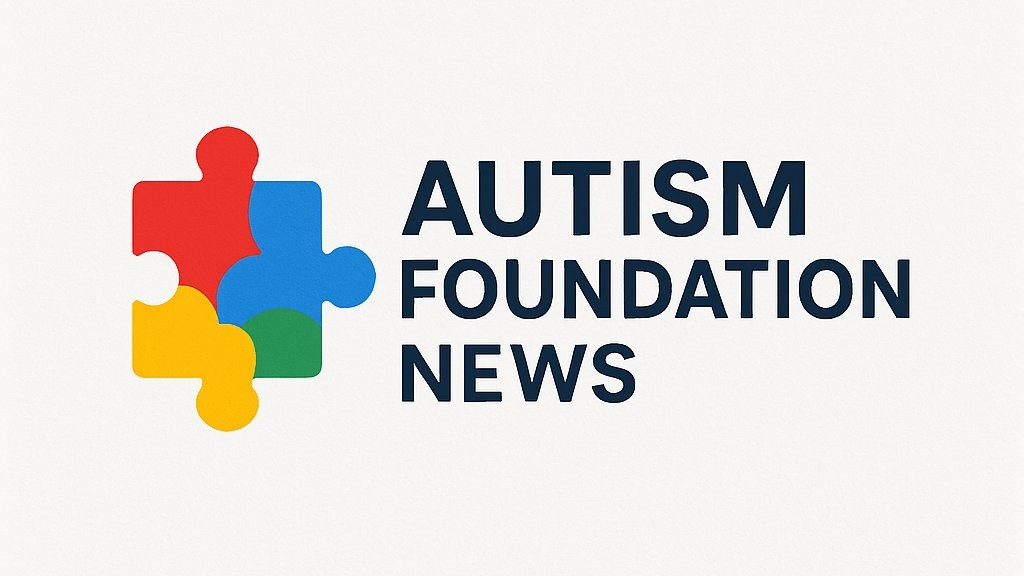
Understanding Emotions: Embracing Rather than Avoiding
For many individuals, particularly those navigating the complexities of autism, emotional challenges often arise just beneath the surface, waiting to be addressed. Too often, people react instinctively by suppressing these emotions, reasoning that they are merely distractions from daily responsibilities. However, as Barry Boyce, the founding editor of Mindful, eloquently puts it, the path to emotional intelligence lies not in avoidance but in embrace. To truly prepare ourselves for life's emotional landscape, we must cultivate the willingness to confront our feelings directly and genuinely.
The Myth of Suppression: What it Costs Us
Oftentimes, the fear of feeling overwhelming emotions can lead us to detrimental coping mechanisms. Those who suppress their feelings may find temporary solace, yet ultimately, it increases anxiety and stress in the long term. Emotional suppression does not render our feelings nonexistent; rather, they persist, often manifesting as physical tension or heightened emotional reactivity. As highlighted in Dr. Eva Selhub's findings, those who engage deeply in mindfulness not only increase their emotional awareness but also develop enhanced emotional regulation skills. Each of us has an innate ability to process emotions in healthier ways.
Mindfulness: A Key to Emotional Intelligence
Mindfulness practices serve as invaluable tools for developing emotional intelligence. They allow us to notice and acknowledge our emotional states rather than racing past them in fear. Studies consistently reveal that people who engage in mindfulness tend to be more emotionally aware and balanced. Mindful practices like meditation and reflective breathing strengthen our self-awareness and empathy, laying a foundation conducive for positive interpersonal relationships, which is critical in both personal and professional environments.
Strategies for Embracing Emotional Awareness
With the understanding that emotional intelligence is not an innate trait but rather a skill that can be developed, we can implement actionable strategies to foster this growth:
- Practice Daily Reflection: Taking time to journal or reflect on your emotional experiences gathers insights into emotional patterns and triggers, leading to greater self-awareness.
- Engage in Breath Awareness: Utilizing your breath as an anchor during emotional disturbances provides immediate grounding, allowing a thoughtful rather than reactive response.
- Explore Loving-Kindness Meditations: Practicing empathy towards oneself and others not only nurtures emotional connections but also cultivates an understanding of the shared struggles within our emotional experiences.
Practical Implications for Caregivers and Healthcare Professionals
For caregivers and healthcare professionals who often work closely with individuals experiencing emotional challenges, the practice of mindfulness and the development of emotional intelligence can be transformative. By prioritizing emotional awareness and regulation, caregivers can model healthy emotional engagement and foster supportive environments. These relationships can significantly enhance treatment outcomes for individuals on the autism spectrum and beyond.
The Transformative Power of Embracing Emotions
Ultimately, embracing emotional experiences opens the door to resilience and personal growth. Individuals who learn how to navigate their internal emotional landscapes cultivate not only a deeper understanding of themselves, but also the tools to relate to others genuinely. For those within the autism community and their allies, exploring one’s emotional terrain may seem daunting, but it is a valuable journey worth undertaking. As we dispel the myths surrounding emotional suppression and prioritize mindfulness, we lay the groundwork for healthier emotional interactions, deeper connections, and a richer life experience.
Reflect on your emotional landscape today. How might embracing your feelings—one step at a time—lead you toward greater understanding and connection with yourself and others?
 Add Row
Add Row  Add
Add 




Write A Comment